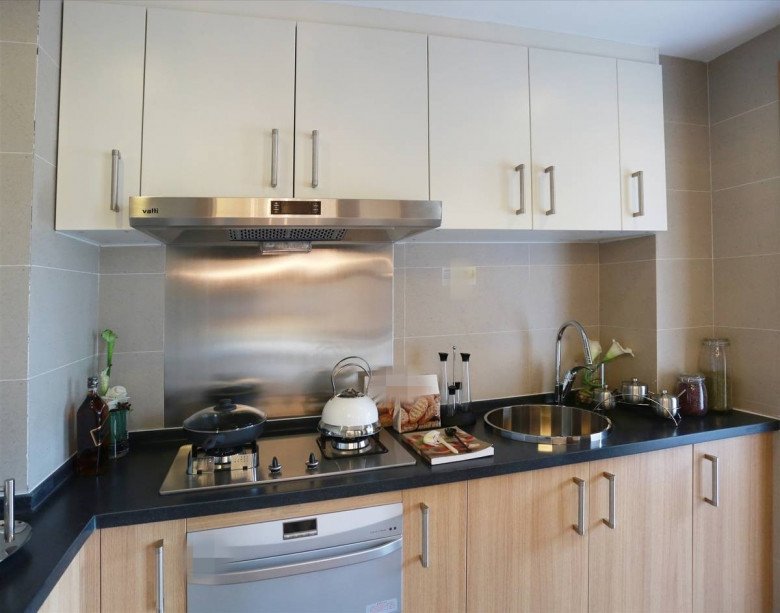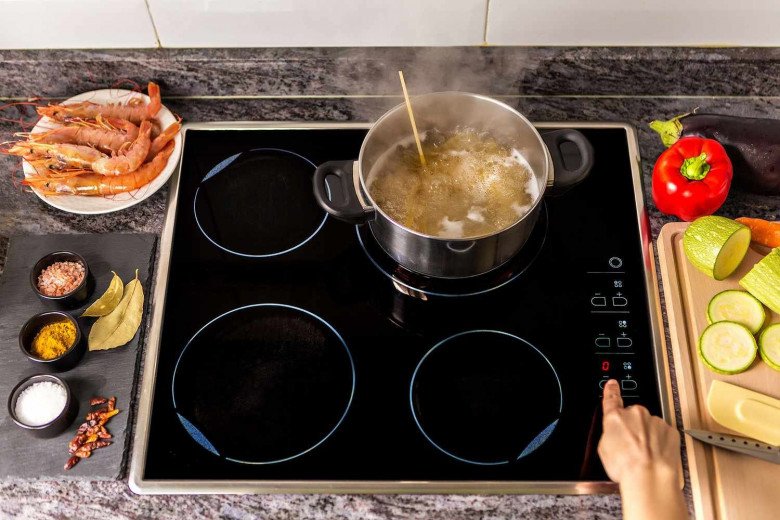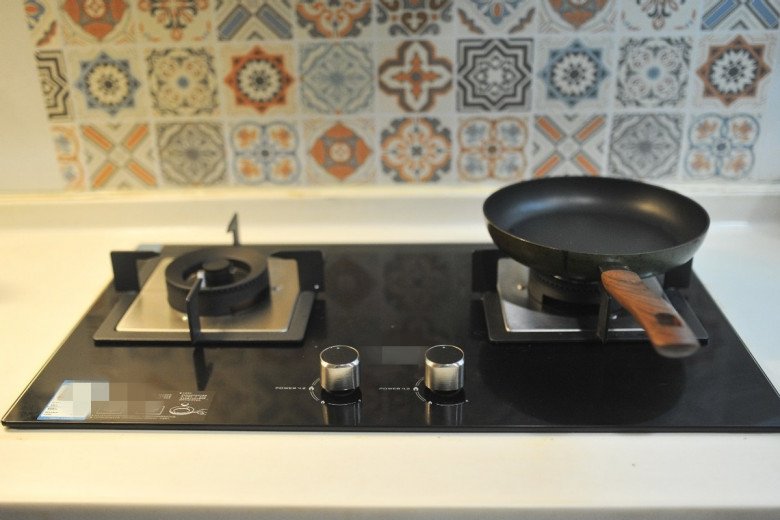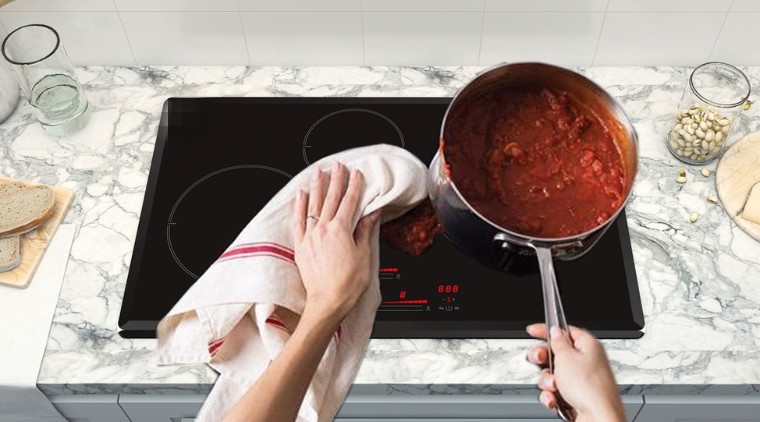
The Great Debate: Induction Cooktops vs. Gas Stovetops – Which is More Cost-Effective?
A study reveals that boiling a liter of water on a gas stove takes 4 minutes and 24 seconds, whereas an induction cooktop does the same in just 2 minutes and 58 seconds. The induction cooktop consumes 0.1 KW of electricity, while the gas stove uses up 17 grams of gas.
In terms of cost, the induction cooktop incurs a meager expense of approximately 180 VND (based on electricity tariffs for residential use) in the first tier of electricity consumption and 315 VND in the sixth tier. On the other hand, the gas stove costs around 500 VND worth of gas. It’s important to note that these calculations are based on the current retail prices of electricity and gas.

The efficiency of induction cooktops is remarkable, reaching up to 90%, which explains why they can boil water much faster. This high efficiency ensures that almost all the heat generated is utilized for cooking, with only 10% escaping into the surroundings. In contrast, gas stoves have an efficiency of just 40%, resulting in a significant 60% heat loss to the environment.
To cook food in a gas stove, the air, the grate, the bottom of the pot, and finally the food itself must be heated sequentially, which is a less efficient process.
Hence, induction cooktops offer faster cooking times and are more cost-effective in the long run.

Comparing Other Factors: Induction vs. Gas
Both types of cooktops have their pros and cons, and it’s essential to consider various factors before making a choice.
Safety:
Induction cooktops are considered safer and more user-friendly than gas stoves. The open flame of a gas stove poses a fire hazard, potentially igniting nearby objects. Additionally, gas leaks from faulty valves can lead to explosions and gas poisoning.
Induction cooktops, on the other hand, have a safety feature that automatically shuts them off when overloaded. There are no concerns about gas leaks, explosions, or burns from touching the cooktop surface, even accidentally.
Cleanliness:
Gas stoves tend to be more cumbersome to clean due to their design, which includes multiple crevices and openings. It is recommended to clean them immediately after use, as grease buildup can cause rust and damage to the grates and burner rings, affecting the aesthetics of your kitchen. In contrast, induction cooktops have a smooth glass surface, making them easier to wipe down.

Initial Cost:
Induction cooktops are generally more expensive than gas stoves. Additionally, you’ll need to invest in specialized cookware compatible with induction cooktops. In contrast, gas stoves work with all types of pots and pans, so there’s no extra cookware expense. Therefore, the initial investment for an induction cooktop is higher.
Another consideration is the reliance on electricity for induction cooktops. Power outages can render them unusable, and they may not be suitable for dishes that require constant temperatures, such as stews or fried foods.
Ultimately, the choice between an induction cooktop and a gas stove depends on your personal preferences, cooking needs, and financial situation.



































